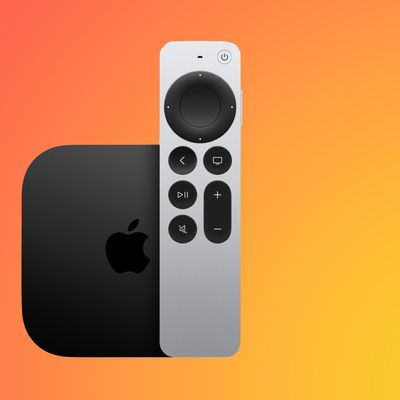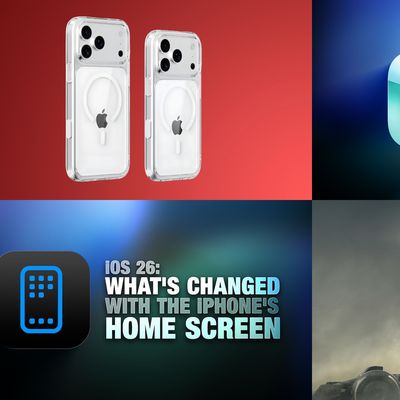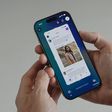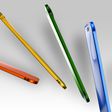Apple Patent Applications Look Toward Thunderbolt on iOS Devices
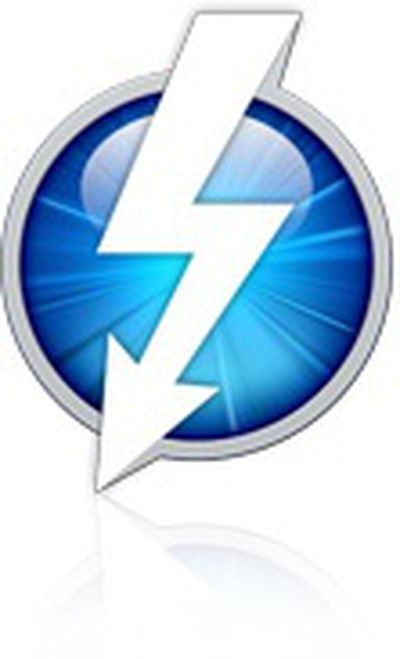 An extensive report from Patently Apple today highlights three newly-published patent applications from Apple related in various ways to Thunderbolt technology. Among the topics gaining the most attention are mentions of Thunderbolt being used on iOS devices and the potential for faster charging enabled by better heat dissipation.
An extensive report from Patently Apple today highlights three newly-published patent applications from Apple related in various ways to Thunderbolt technology. Among the topics gaining the most attention are mentions of Thunderbolt being used on iOS devices and the potential for faster charging enabled by better heat dissipation.
Before going into the details of this main patent in their series of three, it should be noted that Apple states in their secondary patent application that "the present invention, connection may also be a new type of connection." For example, "a connection may be provided between a portable media player and a display, a computer and a portable media player, or between other types of devices."
The three patent applications cover such aspects as the basic pinout of the Thunderbolt connector and how the various wires are arranged within a cable, as well as methods for handling heat dissipation. With Thunderbolt cables containing integrated electronics, a relatively significant amount of heat can be generated and Apple's patent applications discuss how cable braiding and material choices can help manage that heat load.
The applications also discuss handling different voltages on Thunderbolt cables, acknowledging that it may be desirable to pass along higher voltages to devices for faster charging but that lower voltages would be required for simply passing data signals. To handle these voltage differences, Apple's patent applications describe methods for integrating voltage reduction circuitry only on those devices requiring the stepped-down voltage.
Patent applications are typically written to be as broadly applicable as possible while still being able to win acceptance by the patent examiner, and thus Apple's mention of Thunderbolt technology on "portable media player" devices may not be specifically pointing to imminent product plans. But Apple has revealed in past patent applications that it is interested in including DisplayPort technology (upon which Thunderbolt is based) in its current dock connector format used on iOS devices.
Popular Stories
A new Apple TV is expected to be released later this year, and a handful of new features and changes have been rumored for the device.
Below, we recap what to expect from the next Apple TV, according to rumors.
Rumors
Faster Wi-Fi Support
The next Apple TV will be equipped with Apple's own combined Wi-Fi and Bluetooth chip, according to Bloomberg's Mark Gurman. He said the chip supports ...
Apple will launch its new iPhone 17 series in two months, and the iPhone 17 Pro models are expected to get a new design for the rear casing and the camera area. But more significant changes to the lineup are not expected until next year, when the iPhone 18 models arrive.
If you're thinking of trading in your iPhone for this year's latest, consider the following features rumored to be coming...
Apple's next-generation iPhone 17 Pro and iPhone 17 Pro Max are only two months away, and there are plenty of rumors about the devices.
Below, we recap key changes rumored for the iPhone 17 Pro models.
Latest Rumors
These rumors surfaced in June and July:A redesigned Dynamic Island: It has been rumored that all iPhone 17 models will have a redesigned Dynamic Island interface — it might ...
The long wait for an Apple Watch Ultra 3 is nearly over, and a handful of new features and changes have been rumored for the device.
Below, we recap what to expect from the Apple Watch Ultra 3:Satellite connectivity for sending and receiving text messages when Wi-Fi and cellular coverage is unavailable
5G support, up from LTE on the Apple Watch Ultra 2
Likely a wide-angle OLED display that ...
iPhone 17 Pro and iPhone 17 Pro Max models with displays made by BOE will be sold exclusively in China, according to a new report.
Last week, it emerged that Chinese display manufacturer BOE was aggressively ramping up its OLED production capacity for future iPhone models as part of a plan to recapture a major role in Apple's supply chain.
Now, tech news aggregator Jukan Choi reports...
The iOS 26 public beta release is quickly approaching, while developers have recently gotten their hands on a third round of betas that has seen Apple continue to tweak features, design, and functionality.
We're also continuing to hear rumors about the iPhone 17 lineup that is now just about right around the corner, while Apple's latest big-budget film appears to be taking off, so read on...
 An extensive report from Patently Apple today highlights three newly-published patent applications from Apple related in various ways to Thunderbolt technology. Among the topics gaining the most attention are mentions of Thunderbolt being used on iOS devices and the potential for faster charging enabled by better heat dissipation.
An extensive report from Patently Apple today highlights three newly-published patent applications from Apple related in various ways to Thunderbolt technology. Among the topics gaining the most attention are mentions of Thunderbolt being used on iOS devices and the potential for faster charging enabled by better heat dissipation.

